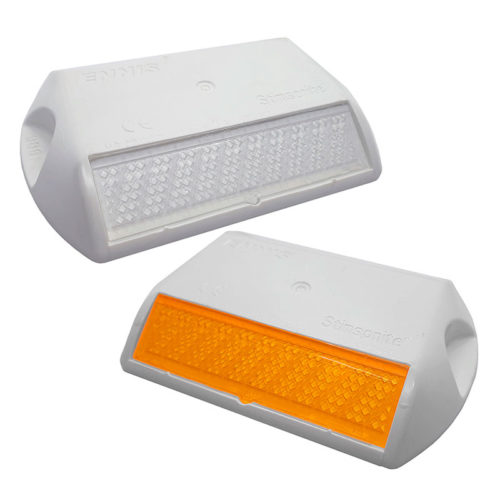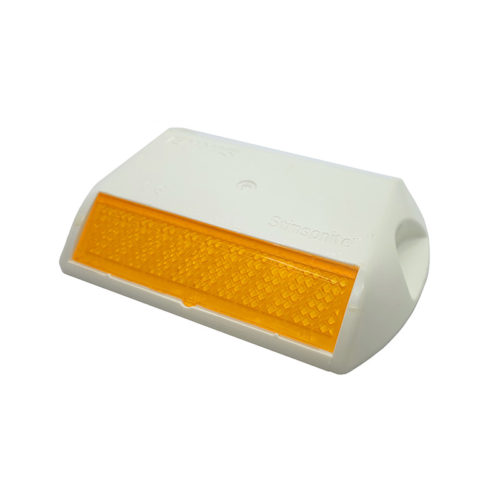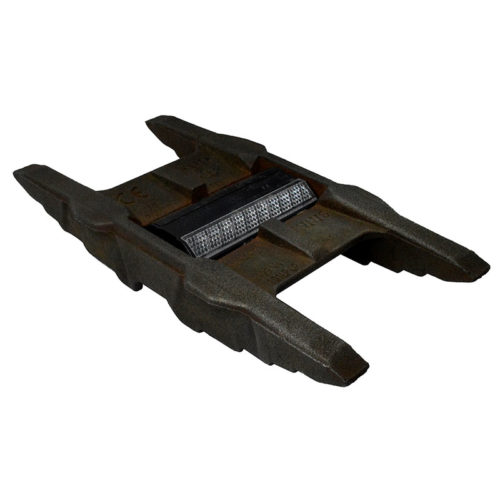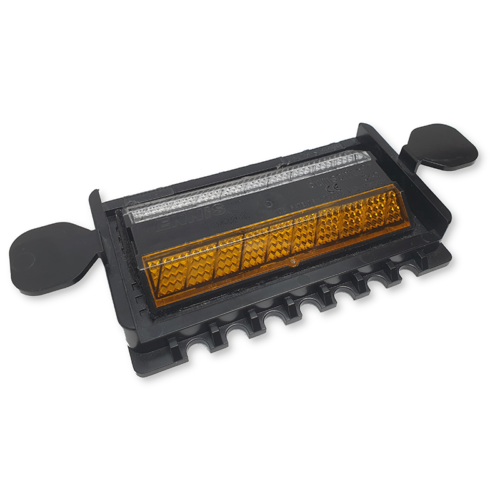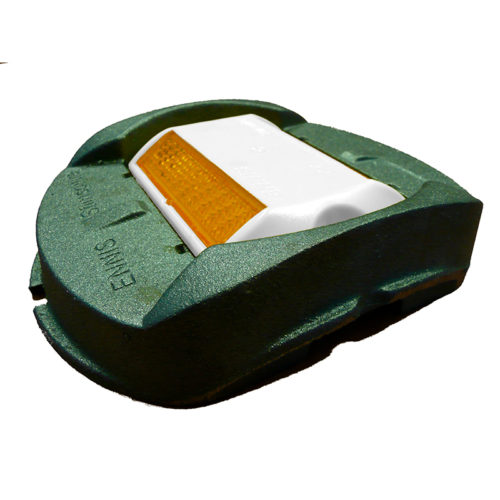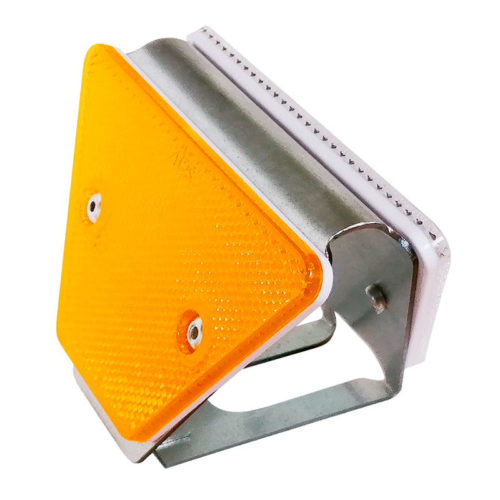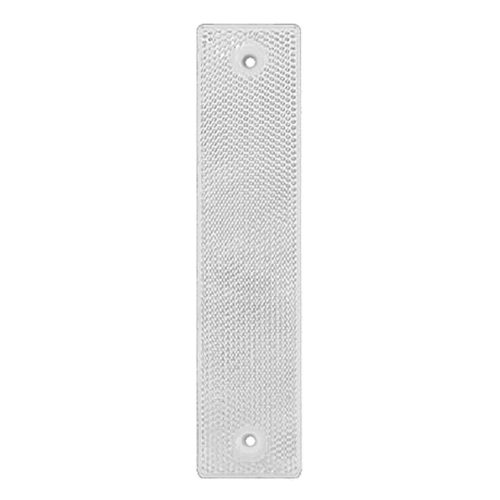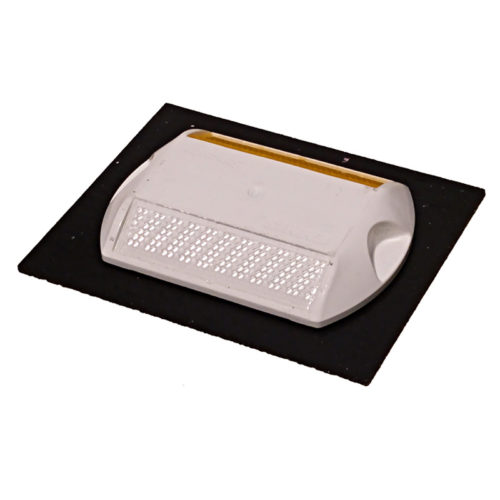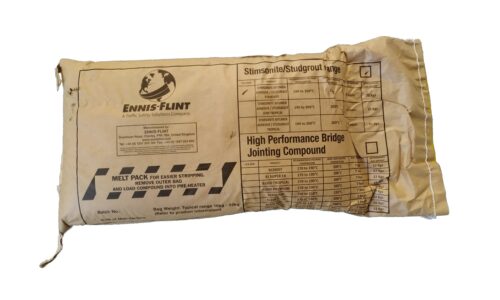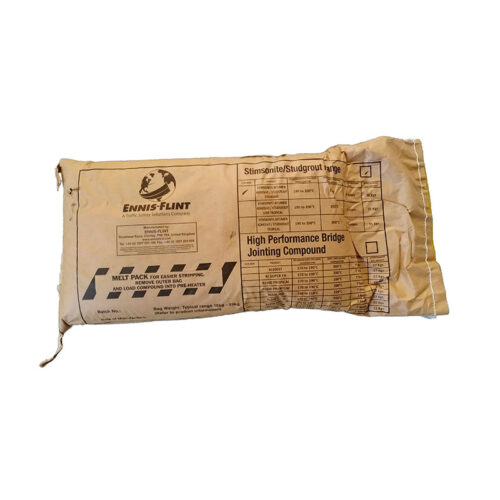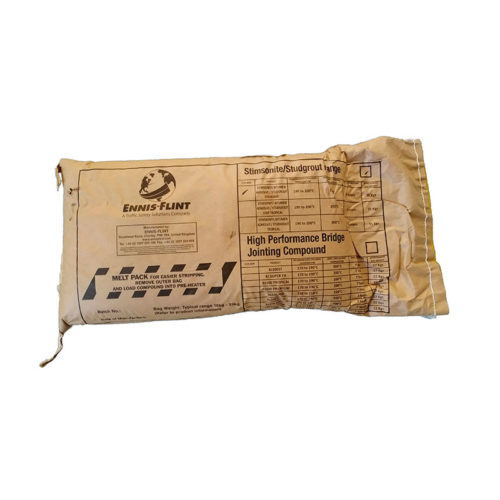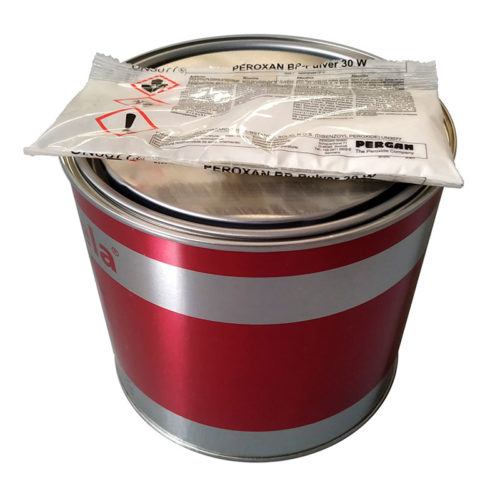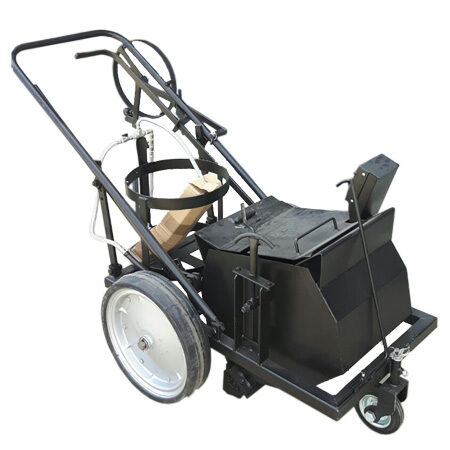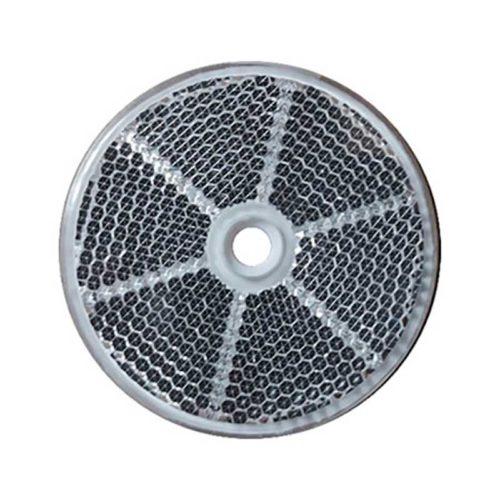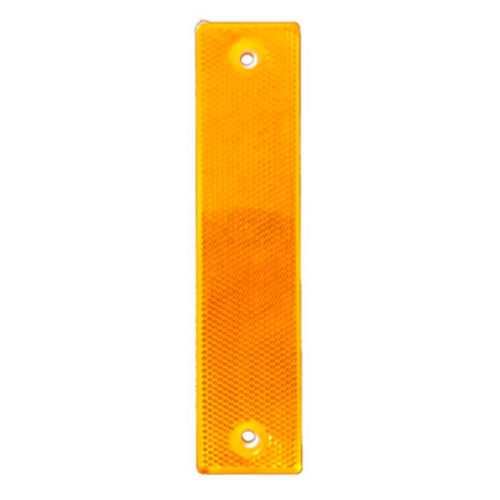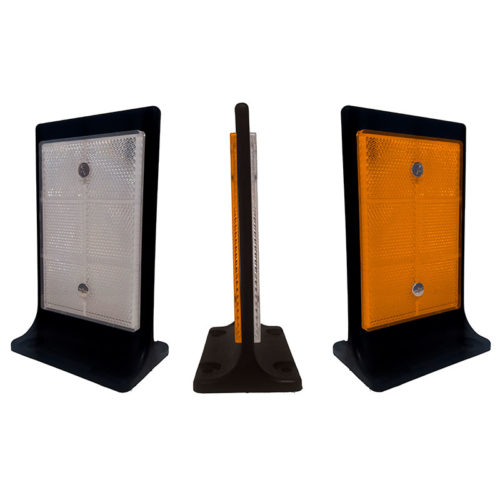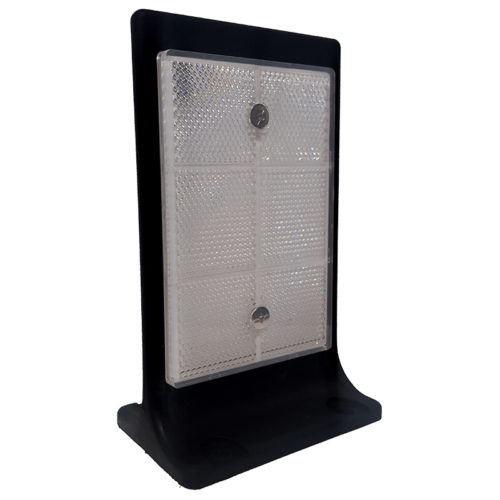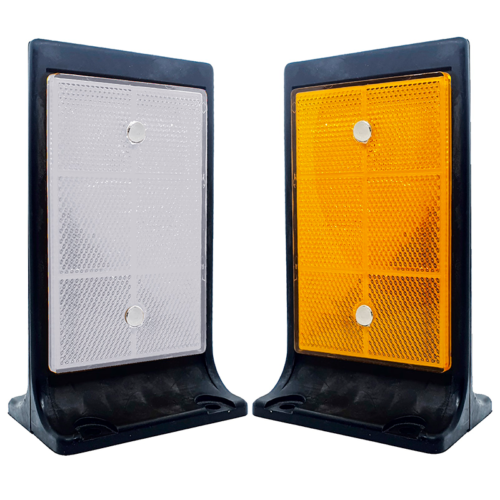- High-visibility clothing
- T2S WORKWEAR
- Long Life Workwear
- Summer workwear
- Cold
- Rain
- Fireproof
- Woman workwear
- Reflective LED workwearEach T2S Ibérica reflective vest with led lights is designed to make the person wearing it visible. Mostly, they work by reflecting back some of the light they receive, and because of this, they project more than 90% of the visibility provided by normal clothing. This feature makes reflective vests with LED lights essential pieces for outdoor work, construction, traffic, some types of sports, among many others in any lighting condition, especially when it comes to night hours. Reflective vests with led lights: guarantee of maximum visibility Reflective vests with led lights guarantee visibility, are comfortable, easy to use, do not impede movement and are made of the best materials to provide the highest quality. The LED lighting system is integrated, for this reason they allow maximum light projection. Most companies that have outdoor workers find reflective vests with LED lights the perfect garment so that employees can be easily identified in the environment and thus avoid accidents. Whether in the dark or under normal conditions, these garments ensure that personnel are seen, even from several meters away. Depending on the model chosen, they also help protect workers from rain and other weather conditions such as cold and wind.…
- Accessories
- T2S TARGET2SAFETY
- T2S WORKWEAR
- Retroreflective Belts
- RetroreflectometerRetroreflectometer: Advanced technology for road safety At T2S Ibérica, we offer an advanced range of DELTA retroreflectometers designed to ensure maximum visibility and safety on roads and work zones. These precision devices allow for the evaluation of retroreflection in traffic signs, road markings, high-visibility clothing, license plates, and vehicle plates, meeting Spanish, European, and international safety regulations. What is a retroreflectometer? Retroreflectometers or reflectometers are essential devices for measuring the retroreflective capacity of various materials, ensuring compliance with visibility and road safety regulations. These reflectometry equipment is especially useful for evaluating the visibility of traffic signs, road markings, truck markings, license plates, vehicle plates, fabrics, and high-visibility garments. Applications of T2S retroreflectometers Our retroreflectometers are ideal for professionals in road safety, road maintenance, and signage work. The main applications include: Road marking measurement: Ensures that road lines meet the required reflectance levels for visibility at all times. Traffic sign evaluation: Optimizes user safety on the road by verifying the visibility and effectiveness of signage sheets and beacons under any situation. Quality control of retroreflective sheets: Ensures that reflective tapes and other materials comply with current regulations and provide optimal visibility, both in vehicle lettering and high-visibility clothing. Road and work…
- Horizontal RetroreflectometerHorizontal Retroreflectometer: Accuracy in Measuring Paints and Road Markings The horizontal retroreflectometer is a device specialized in measuring retroreflection on horizontal surfaces, such as road markings and road paints. A horizontal retroreflectometer allows the evaluation of whether the lines and symbols painted on the roadway meet the necessary reflectance or retroreflection levels to ensure their visibility, especially in low light conditions or adverse weather situations. At T2S Ibérica, we offer DELTA retroreflectometers for high-precision and quality horizontal signage, designed to enhance driver safety by ensuring clear and perceptible signage at all times. What is a Horizontal Retroreflectometer and Why is it Important? A horizontal retroreflectometer measures the amount of light reflected by road markings on the pavement, similar to how the light from a vehicle’s headlights hits these markings and is returned to the driver. This allows lane lines and other symbols on the road to be visible from significant distances, guiding drivers safely and reducing accident risks. For road safety and road maintenance professionals, having a retroreflectometer or reflectometer for horizontal signage is essential to verify that road markings remain in optimal retroreflection conditions. Applications of the Horizontal Retroreflectometer on Roads A reflectometer or horizontal retroreflectometer allows key measurements…
- Paint Thickness GaugePaint Thickness Gauge: Quality Control and Road Marking Safety The road marking thickness gauge is a specialized device that ensures the proper thickness of road markings on pavements, such as paint and thermoplastics, contributing to the safety and durability of road signage. This gauge is essential to verify that the markings meet quality and regulatory requirements, ensuring optimal retroreflection and improving visibility in night-time and adverse weather conditions. As the condition and performance of road markings on pavement have improved with the use of higher quality paints, thermoplastics, and glass beads, prices have increased, making the paint and thermoplastic thickness gauge an essential tool to determine the amount of material applied during asphalt repairs. What is the Road Marking Paint Thickness Gauge and Why Is It Important? Proper control of thickness in road markings is crucial to maintaining visibility and safety on the road. A road marking thickness gauge allows precise evaluation of the material applied, whether paint or thermoplastic, and ensures that the horizontal signage complies with retroreflection specifications needed to guide drivers and reduce road risks. Applications of the Paint Thickness Gauge in Road Safety These devices are widely used in various road marking and maintenance applications. Some…
- Vehicle wrapping
- Retroreflective sheeting
- Beacons
- Impact attenuators
- Asphalt repair
- Blog
- Contact
- Company
Beacons

Where are we?
Can Balada, 48
(P.I. Sta. María Park)
08460 Santa María de Palautordera
(Barcelona)

© Copyright 2018 – 2023 | Web by Xarxalia | All Rights Reserved
